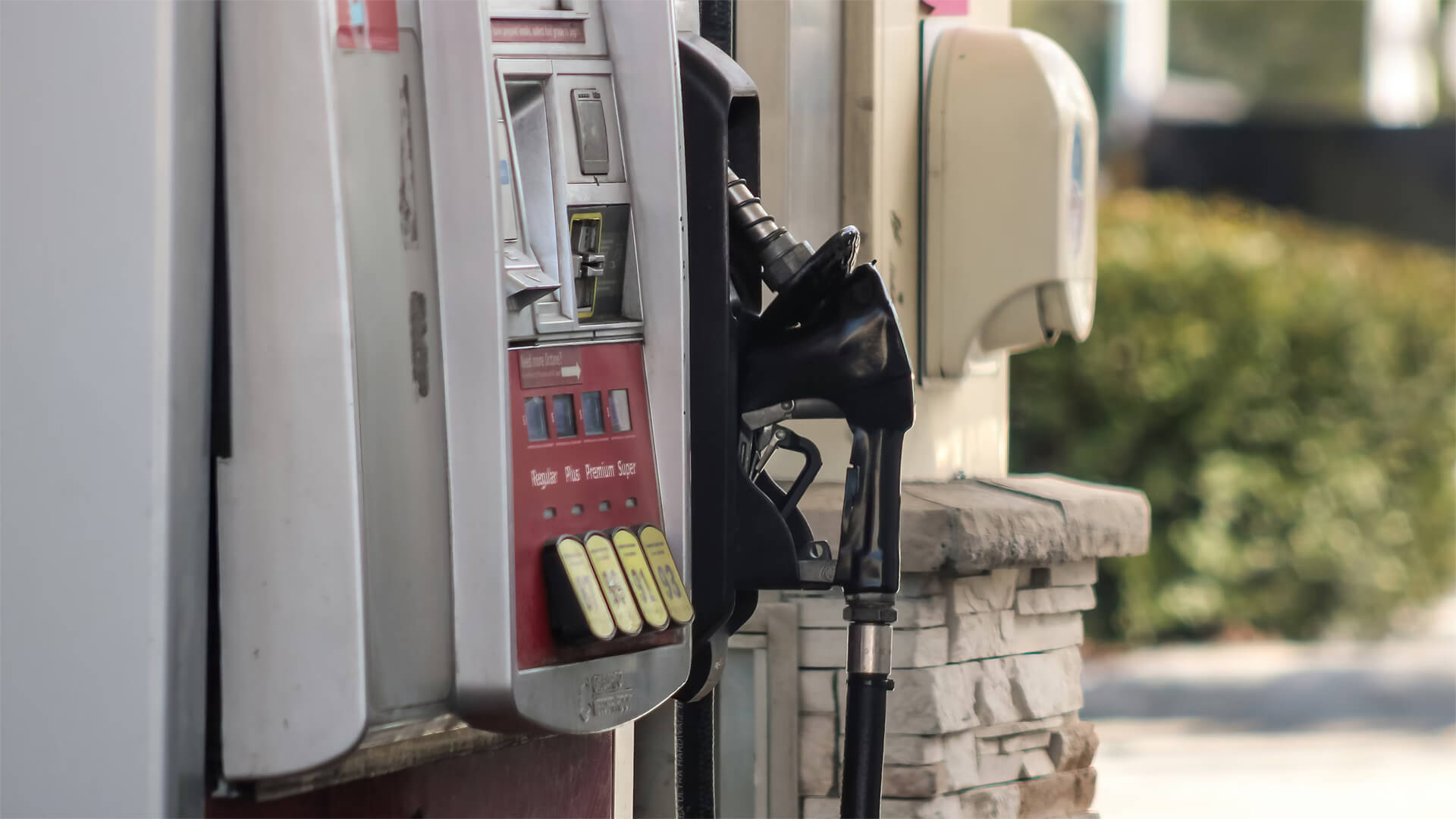Picture this: you’re driving down the PCH in a sports car with the top down, hair is blowing in the wind, and then the gas light comes on. You pull into the first gas station you see and a gallon of gas costs $14.99. Okay, maybe I’m exaggerating a little, but California is heading towards a massive energy crisis.
California has been living in its own energy world for quite a while. As if its distinct gas formulation designed to reduce air pollution, high gas taxes, and dependency on foreign oil weren’t enough, the state now requires refiners to keep reserve supplies (raising costs further and creating more logistical issues).
Since California isn’t a beneficiary of the shale revolution, they still import crude from the Persian Gulf and use outdated methods of collection. This makes them vulnerable to global energy shocks and could lead to extreme gas prices throughout CA. So, if you were planning to head to the west coast, let your hair down, and take a cruise along CA State Route 1, you may want to grab a few extra gas cans before you cross the state line.
Here at Zeihan on Geopolitics, our chosen charity partner is MedShare. They provide emergency medical services to communities in need, with a very heavy emphasis on locations facing acute crises. Medshare operates right in the thick of it, so we can be sure that every cent of our donation is not simply going directly to where help is needed most, but our donations serve as a force multiplier for a system already in existence.
For those who would like to donate directly to MedShare or to learn more about their efforts, you can click this link.
Transcript
Hey, everybody. Peter Zeihan here. Coming to you from Huntington Beach, California. Behind me is the old Huntington Beach refinery. This used to be a major oil producing zone. In fact, there’s still a handful of producing wells across the L.A. area, with one of the most prolific ones being inside of a mall in Wilshire Boulevard. Never say that the Californians aren’t capable of a bit of, double dealing.
Anyway, the reason I wanted to talk about this, and this is what, you know, made me think of it, is we’ve got a bit of a crisis going on in California. I’m going to rotate around a little, not only is the view better, but you can even see some of the old, oil platforms out in the ocean.
Hey. They’re okay. Anyway, short version is that California has a very high tax regime for, a lot of things, but none more so than gasoline, where it has the highest gasoline taxes in the country. And as a result, gasoline in California is ridiculously expensive, often goes over $5 a gallon. I think it’s where it is right now, actually.
Anyway, there’s some other reasons for this, but, we’ll get to those in time. Bottom line is the Californians have become a nerd, but angered by very, very high gasoline prices and very, very volatile gasoline prices and more so than everyone else, you know, everyone else is, you know, used to the up and down of crude prices of how that affects things.
There’s more going on in California for you that was worth exploring. The governor of California, Gavin Newsom, has recently signed into law a project that will force refiners to maintain storage of gasoline grades for the California market as a cost of doing business in the state. The intent is so that when maintenance happens, especially unscheduled maintenance, that there’s always a reserve that the state can fall back on to keep energy prices out of control.
Unfortunately, it’s going to do the absolute opposite. And the cost of, complying with this new regulation combined with all the other regulations in California and at the energy sector, which are already, the stiffest in the country, means that a lot of refineries are evaluating whether they even want to stay. And, shortly after the new law was signed, Phillips 66, which maintains a refinery near here in Los Angeles, announced that, next year will be the final year that there are refineries operating and they plan to shut down and redirect their efforts to other places, most notably other states.
A couple things here. Let’s talk about the technical of why what Newsom and the Democrats here are doing is just purple idea. First and foremost, California, in order to control air pollution, has a different formulation from the rest of the country. So any refinery that is producing, gasoline or unleaded or whatever else for the California market has to produce a very specific type of fuel that doesn’t have a demand anywhere else in the world.
And so no refineries outside of the state produce for the state because there’s no margin added for them. So it’s just the locals. Second, not every urban center in California has the same regulations. And in the summer, a lot of them had different regulations. So not only do you have to produce a strain that is different for the state as a whole, but when you get to the summer months, you have to produce several different ones.
And all of this drives up costs because it reduces scale. The idea of the regulation that you have to have storage makes sense. But gasoline, once it’s refined into a fuel, if it’s stored for any appreciable amount of time, you know, more than days to a few weeks starts to degrade. So the cost of keeping this up is really high, and the waste that comes out of it is not minor.
And so from a carbon point of view, this isn’t a great idea anyway. There’s any number of reasons why this isn’t a great plan, but the Californians are doing it anyway. And that means that California is setting itself up for a bit of a problem down the road, more than just high prices. You see, California is the only one of the lower 48 that is not participating in the shale revolution in some way.
They have a significant oil field here in the Monterey Shale that’s out in Kern County in in the valley. But the techniques that are used for fracking have specifically been banned. But oil production has not. So, the locals are using technologies that are older and arguably dirtier than shale tech in order to produce crude for this local market.
This new regulation further separates California from the rest of the country. Also, keep in mind that the United States is now far and away the world’s largest exporter of refined oil products. By the end of this calendar year, we’re looking about 5 million barrels a day of exports of things like gasoline and jet fuel. Obviously, none of that’s coming from California.
But for the rest of the country, we’re awash in an embarrassment of energy production and fuel production, whereas California is in huge deficit. And now California is the state that is most dependent, not just on energy imports, but energy imports from another hemisphere. Yes, all the refineries in Louisiana and Texas like to use imported crude. They mostly use, Venezuelan, Mexican and Canadian and to a lesser degree, crude grades from the Eastern Hemisphere.
But everything, almost everything that California gets comes from the Eastern Hemisphere. And almost all of that comes from the Persian Gulf. So the next time we have an energy shock, for example, because I don’t know, Israel bombs Iranian oil production and export facilities and that Iran returns the favor by hitting Saudi Arabia. We get to know what are you prices?
Most of the United States is like, whatever. But here in California, they have made themselves uniquely exposed to international shocks while also being uniquely exposed to their own. So one way or the other, we are looking at a significantly darker chapter in California economic history. Just around the corner. And that’s before you consider things going on in Silicon Valley or the capital market or the general aging of the millennials, all of which are already hitting California pretty hard.
So stay tuned. When it gets bad, I’ll be back because it’ll be cheap.







